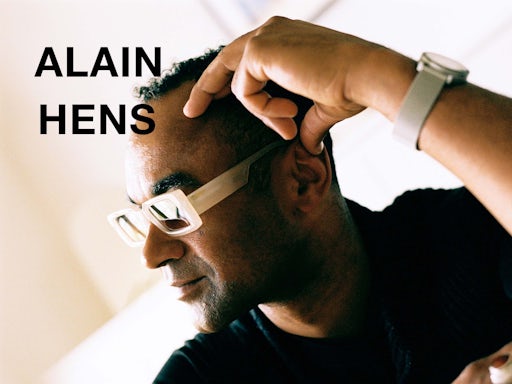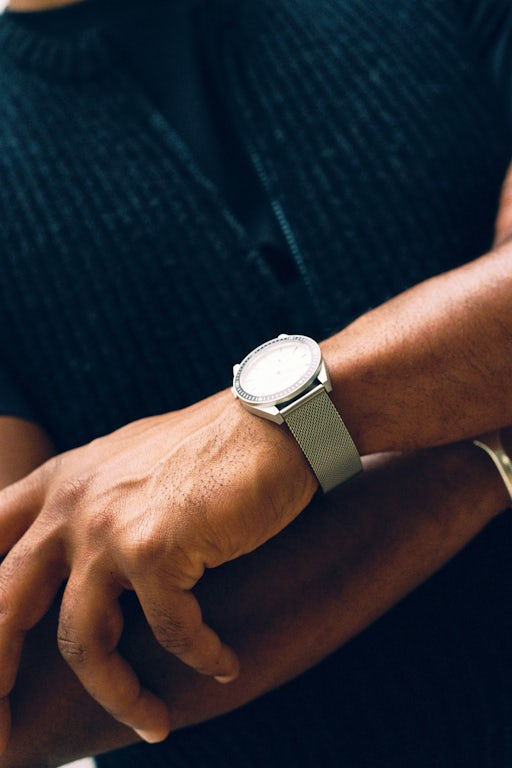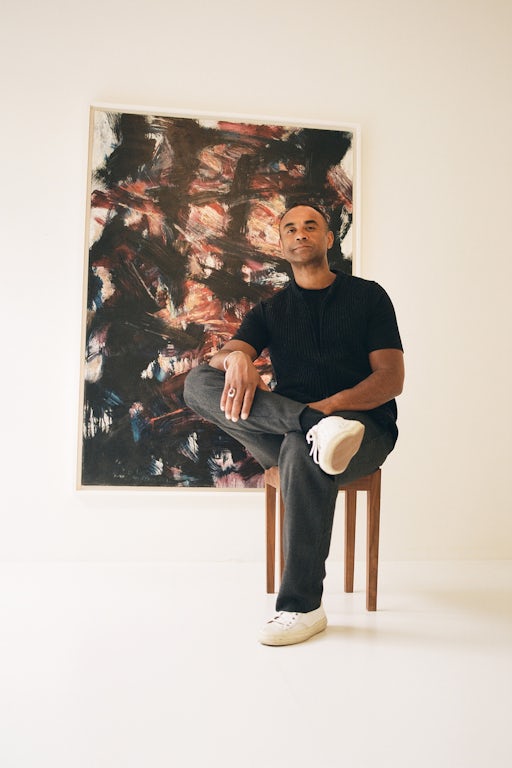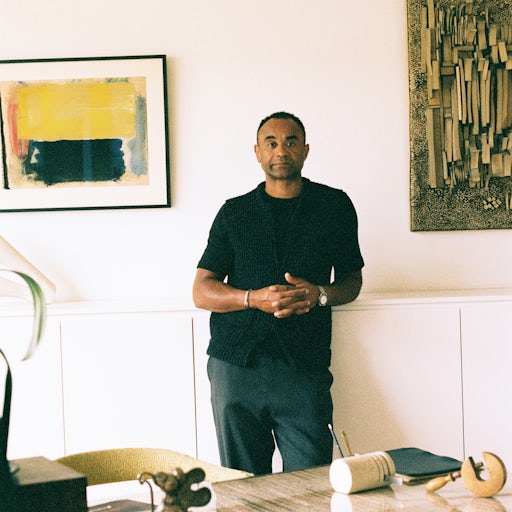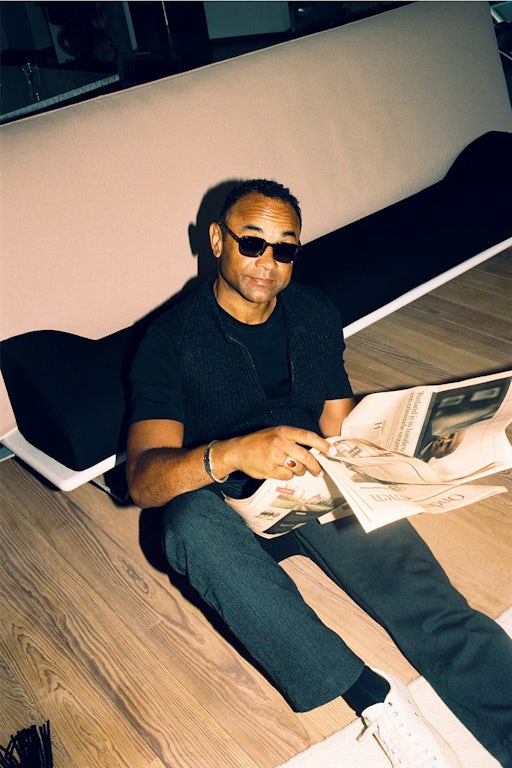You work in a very interesting niche, how did you get started?
I actually get that question a lot. In the past, this type of work was often passed down from father to son. But with me, it was really a matter of chance. An acquaintance of mine told me that he sold items online. That was back in 2003. E-commerce was still a foreign concept. It was at the time when eBay had just come here from America. I was particularly intrigued by the idea of selling things on the internet and then getting payments through PayPal. It was a lot like how many of us now feel about bitcoin and NFTs. You sort of get it, but then you also don’t really – but curiosity drives you. In the beginning, I went to flea markets – this was during my studies at the UA – and started buying and selling. I found items like Ivory Billiard balls and Boch vases. From there, I systematically became more and more design-focused. That’s how I got into it. At one point I bought a van, then a storage unit, and it kept growing.
So you started online and only later opened a brick-and-mortar store?
Oh yeah, I ran the online store for almost 10 years. I’ve been doing this for about 20 years now and the physical store has been going for exactly 10 years too. I was part of that first generation of online traders. It’s crazy to realise that this is my job now because it doesn’t feel like it. I’ve always enjoyed doing this so much.
2003 seems quite early for an online marketplace to take off, what was it like?
Yes, that was a time when the first TomTom came out, it was the advent of the digital camera, which you could buy for 900 euros and had 1 megapixel. That was really a period when time and space were completely pulled apart in a new way. You could suddenly sell products to someone in Tokyo.
